‘The Quirk Farm Story’
A REGENERATIVE AGRICULTURE CASE STUDY FROM NSW
 A fish kill in 1987/88, caused by leaching from acid sulphate soils, and a divided community set the scene for Robert Quirk’s journey as a cane farmer turned “accidental, but willing, scientist”.
A fish kill in 1987/88, caused by leaching from acid sulphate soils, and a divided community set the scene for Robert Quirk’s journey as a cane farmer turned “accidental, but willing, scientist”.
He’s since developed, and implemented, a set of regenerative practices that are recognised as best management for cane farming. Robert uses a holistic approach, combining engineering and agronomic solutions, to drainage, soil health and nutrient management.
Fairhalt, Crookwell, NSW
FARM FACTS
ENTERPRISE: Sugarcane (100 ha), Cattle grazing (17 ha)
PROPERTY SIZE: 117 hectares
AVERAGE ANNUAL RAINFALL: 1801 mm
ELEVATION: 0.5 m
MOTIVATION FOR CHANGE: Prevent release of sulphuric acid from farm into the Tweed River and reduce waterlogged soil impact on sugar cane productivity.
INNOVATIONS
Regenerative landscape and livestock management regimes, including:
- Laser levelling and automatic pumping system to stop flooding
- Leaving cane trash to decompose after harvest
- Applied urea to cane trash to assist in decomposition
- Applied lime
- Introduced mounding/raised beds to grow sugar cane
- Utilised a ‘bed renovator’ machine to prepare for planting
- Introduced winter cover crops into the crop rotation
KEY RESULTS
- Significant reduction in input costs.
- Increased soil organic carbon levels from 1% up to 8.8%.
- Improved pH from 1.8 to 5.6.
- Increased number of harvests (ratoons) from 4 -6 years.
- Understand causes and mitigate sulphuric acid from releasing into waterways impacting aquatic life.
INTRODUCTION
Robert Quirk implemented innovations such as laser levelling his cane fields and mounding the cane rows to ensure that water drained correctly off his property and didn’t mobilise the acid sulphates in the soil.
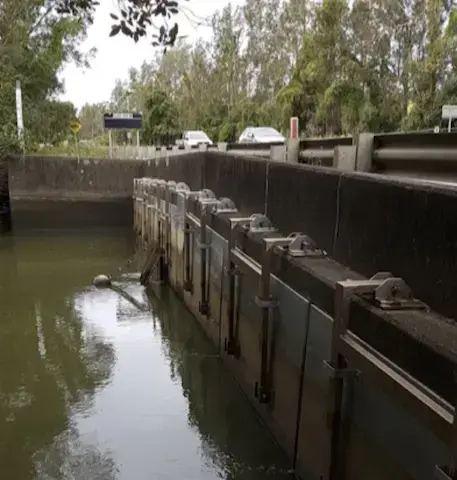
During this time Robert Quirk became aware of the danger of climate change, this caused Robert Quirk to alter his management practices in an attempt to build carbon in his soil and reduce inputs. Robert Quirk reduced the amount of fertilisers, insecticides and pesticides used on the property as well as leaving the cane trash to lie on the field post-harvest. Robert Quirk also introduced other innovations such as an automatic pumping system to remove flood water from the cane fields and a bed renovator machine to prepare the cane fields.
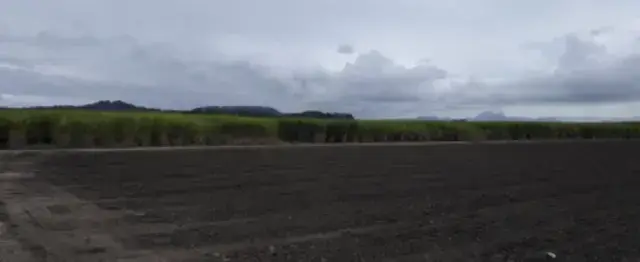
Robert Quirk found that through his innovations soil organic carbon levels increased from 1% in the 1960’s to currently 8.8% on different points of the property. The pH of the property also increased from 1.8 in the 1980’s to currently stand at 5.6. Robert Quirk’s innovations have greatly improved the health of his soil whilst managing to control the threat of the acid sulphates underneath his cane fields.
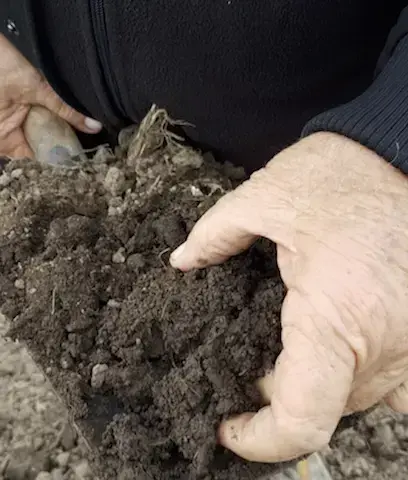
THE QUIRK FARM STORY
The practices Robert Quirk has implemented on his property have led the way for sugar cane farming around the world.
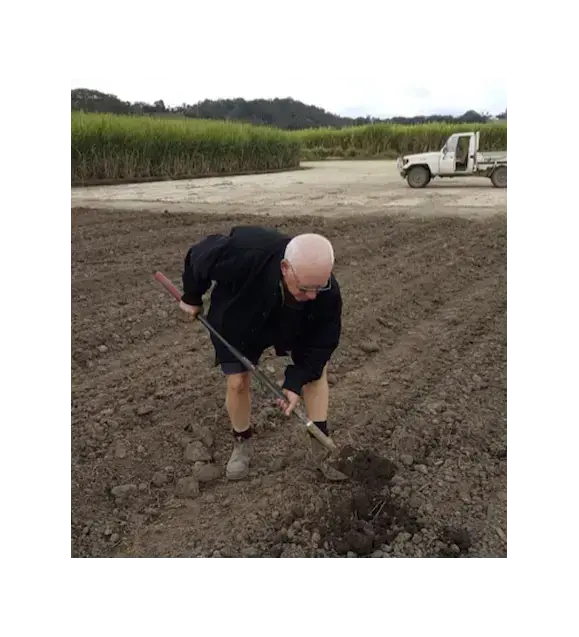
ECOLOGICAL HEALTH
In 1987 Robert Quirk set out on a path to improve the ecological health of his property and the nearby waterways.
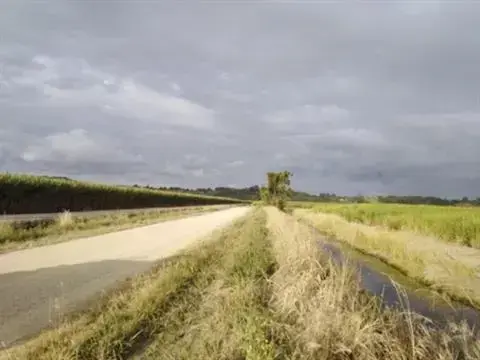
ECONOMIC HEALTH
Robert Quirk has significantly reduced the cost of his inputs whilst maintaining good production levels.
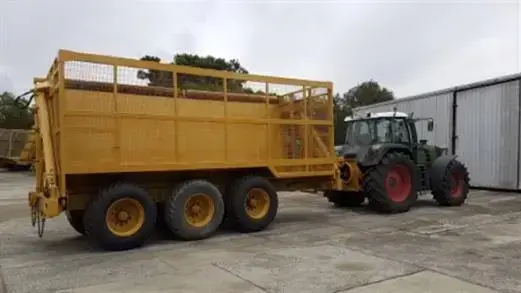
HEALTH AND WELLBEING
Robert Quirk has gained immense satisfaction through reinventing himself and his management strategies.
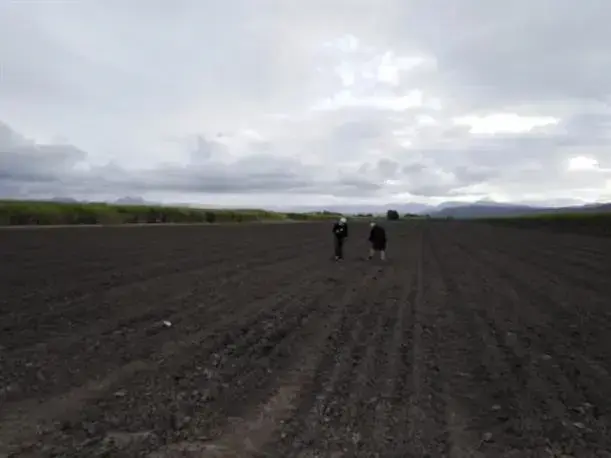




 A fish kill in 1987/88, caused by leaching from acid sulphate soils, and a divided community set the scene for Robert Quirk’s journey as a cane farmer turned “accidental, but willing, scientist”.
A fish kill in 1987/88, caused by leaching from acid sulphate soils, and a divided community set the scene for Robert Quirk’s journey as a cane farmer turned “accidental, but willing, scientist”.
